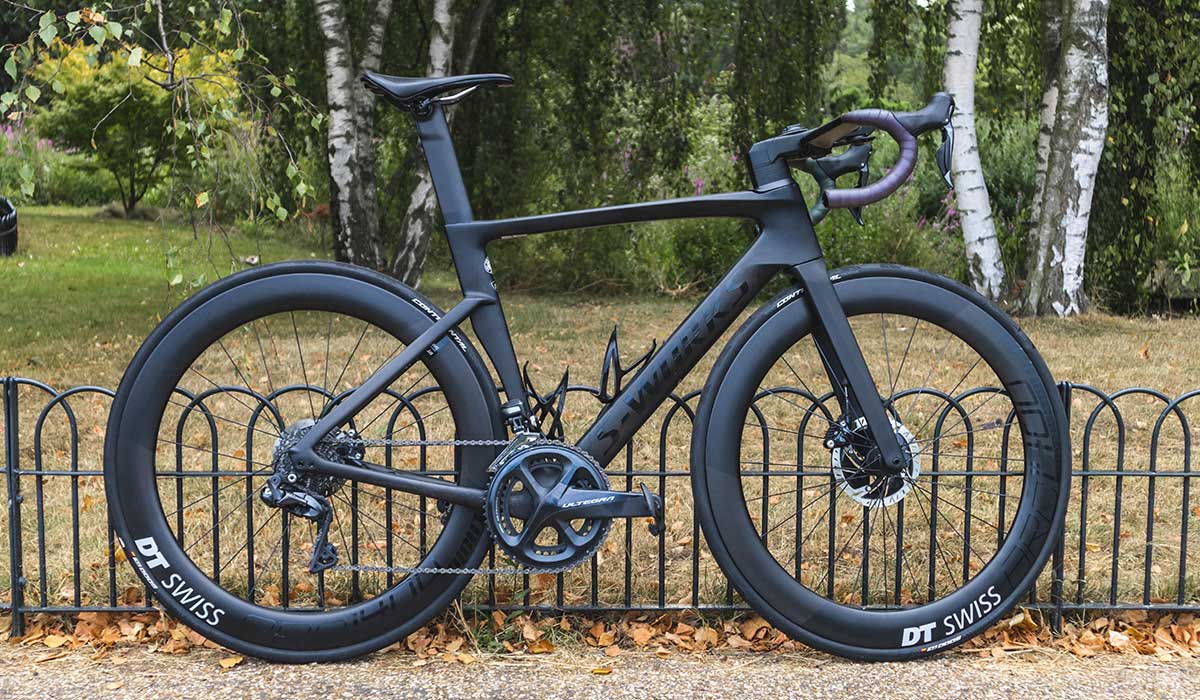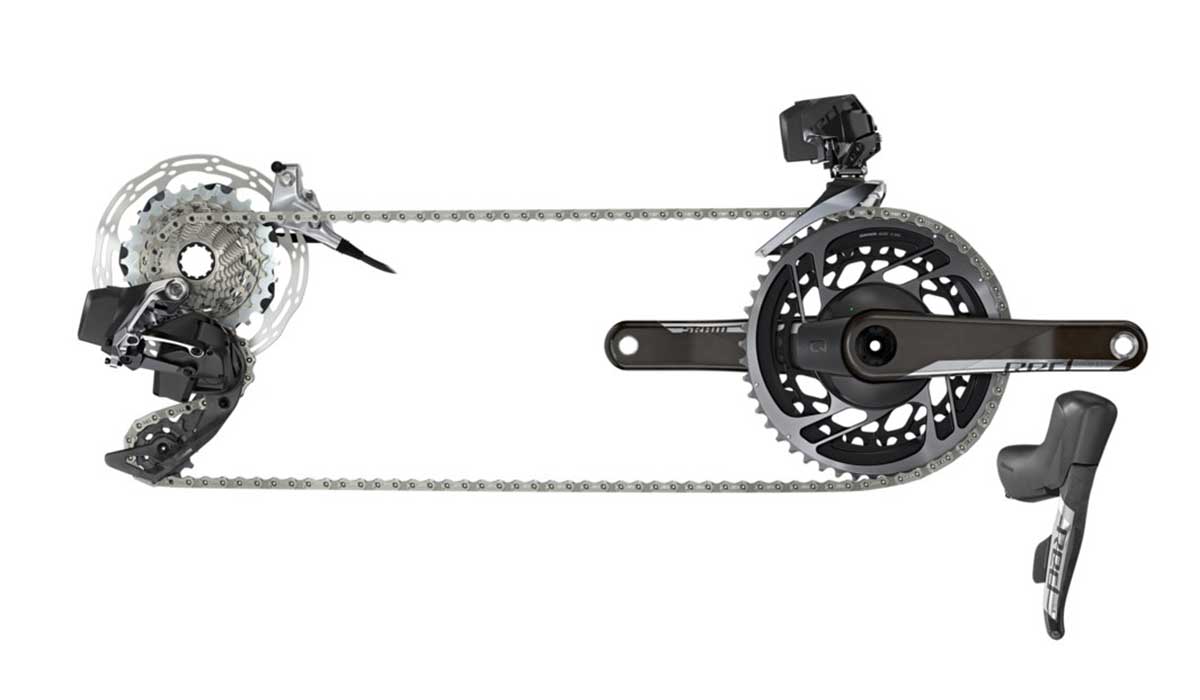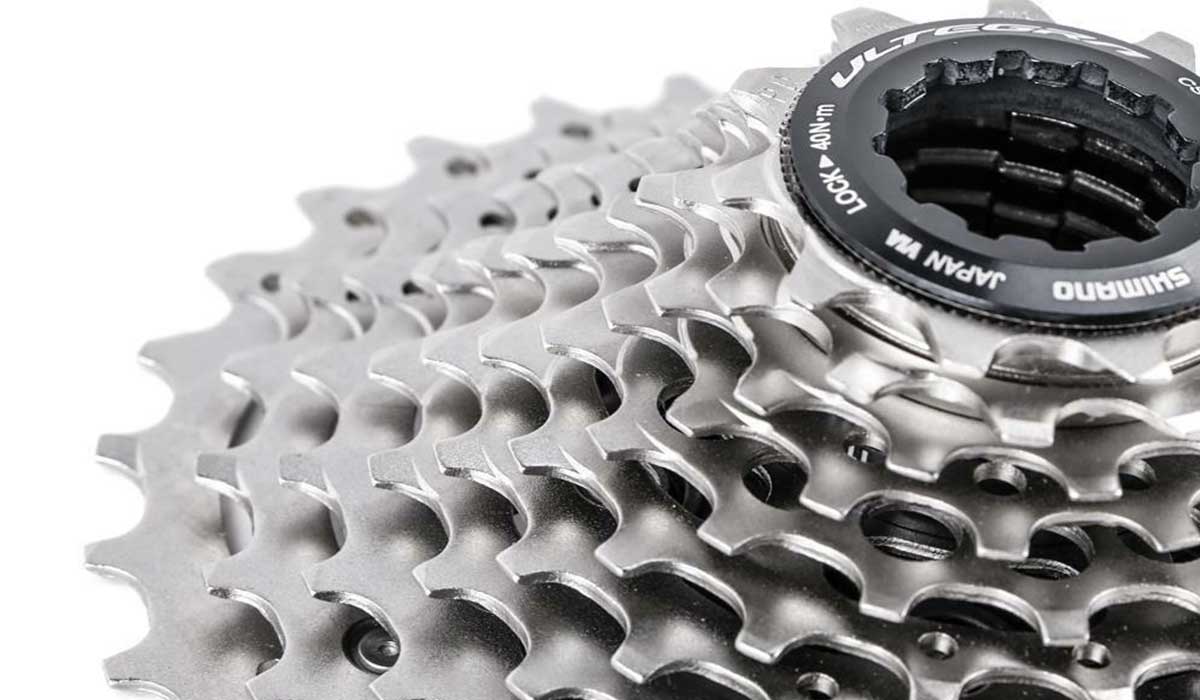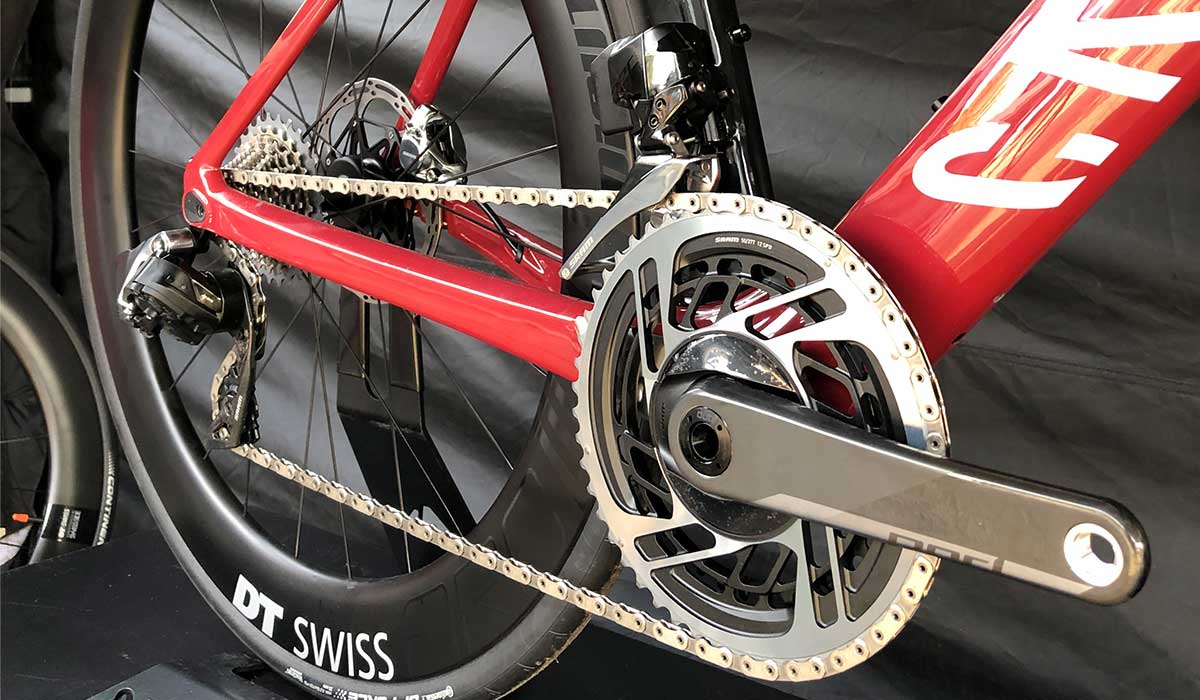
Bicycle gears are one of the greatest improvements made to road cycling in the past century. Before gears and shifting as we know it today was introduced, riders would ride single-speed bikes over all kinds of terrain, making cycling a somewhat less comfortable experience for those riding up hills. Modern bikes come in several different variations, from 8-speed mechanical gears to 13-speed electronics. But how do they actually work? Read on to find out.
Why do you need gears on a bike?
Essentially, gears are there to make your life easier. If you’re riding up a hill, you want to be able to maintain a more efficient and comfortable cadence than if you were restricted to just one gear for every gradient. Similar to the way car gears operate, it’s easier to start in a low gear, for example, when setting off at the traffic lights. It also allows you to maintain speed and protects your knees from grinding at the pedals at 40RPM because your gear is too hard.
What are the different components?

A modern bicycle will have several components to make the gears work. These are a shifter, a front derailleur, a rear derailleur, the chain and then the gears themselves – chainrings on the front, and a cassette on the back. When people talk about gear ratios, they're referencing the chainring and cassette. So, a 53/39 describes the teeth on the chainrings: the larger chainring has 53 teeth and the smaller, inner chainring has 39. Citing 11-25 for example would reference the rear cassette and the cogs it contains, so the smallest cog (also the hardest) has 11 teeth, and the largest cog (the easiest) has 25. The higher the number at the front, the harder the gear, but the higher the number at the back, the easier the gear.
Basic gear ratios

Many riders don’t take full advantage of their gears. Depending on the type of riding you do or where you live, you might want to change the ratio that came with your bike, or choose the most suitable setup when you buy if that option is available to you. Let’s have a look at the most common ratios.
A standard chainring ratio comprises 53 and 39 teeth on the big ring and little ring respectively. They are often paired with an 11-25 cassette and are ideal for flatter areas or time triallists.
The common semi-compact ratio is 52/36. This is somewhat easier with a wider cassette ratio than the standard and is the perfect balance between power and being able to comfortably ride up hills. It may be paired with an 11-28 cassette, but it will depend on the options available and the groupset manufacturer.
The compact gear ratio is 50/34 and is perfect for those just getting started – it’s commonly found on entry-level road bikes – or who ride a lot of hills. This ratio can be used with the largest cassettes and you'll often see riders using an 11/30 or even 11/32 on their cassette. Bear in mind that the wider the ratio on the cassette, the longer the rear derailleur cage required for the drivetrain to work smoothly. So make sure you check with the manufacturer’s specifications before replacing the block with a wide-range cassette to be sure it’s compatible with your existing equipment.
Speeds

As time goes on, new drivetrains are introduced, and with them come new 'speeds'. Essentially the speed of the drivetrain relates to how many cogs are on the cassette – an 11-speed drivetrain will have 11 cogs at the back. Currently, you can buy anything from 8-13 speed groupsets, but they're not all interchangeable. So if you're upgrading anything, make sure you check with the manufacturer to see if it will work with your current groupset.
How do they work?

Fundamentally, there are two main types of gears you’re most likely to encounter on a road or mountain bike: mechanical or electronic groupsets. Mechanical gears shift when the rider uses a shifter (on the bars) to tighten or loosen the cable and actuate the shifting process. These types of gears are most common by far, unless you're riding a high-end bike. Electronic gears remove the need for cables and use derailleur motors at both the front and rear to shift gears at a light push of a button on the handlebar shifter. Each has its pros and cons, such as maintenance requirements, cost, and how they are fitted to the bike, but if you're on a budget or just getting started, a well-tuned mechanical drivetrain will work extremely well.
As for the shifters, each brand uses slightly different designs. On a Campagnolo shifter, an ergo thumb lever allows you to drop into a harder gear, and the shifter lever is pushed inwards with your fingers to move into an easier gear. On a SRAM bike, a DoubleTap feature is used, meaning both directions of shifting are done by one lever – to shift into a harder gear, tap once, and for an easier gear, tap twice. Shimano uses yet another different style, whereby the brake lever itself doubles as a shifter, pushed inwards for a harder gear, as well as a smaller separate lever that’s nestled underneath for an easier gear.
Essentially, bicycle gears are there to help you. Once you learn how to shift up and down into the big and little rings, and get used to how each combination feels, you’ll be able to tackle hills, standing starts and descents like a pro. No matter whether you’re on an ancient 6-speed clanger or a top of the line 12-speed superbike with electronic shifting, we can insure it through one of our affordable and comprehensive road cycling insurance packages. Why not get a quick quote? It takes less than 60 seconds.
